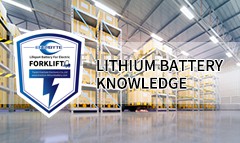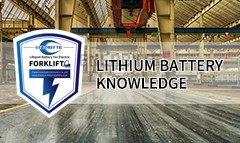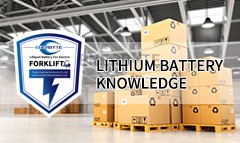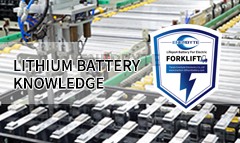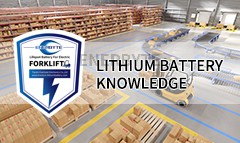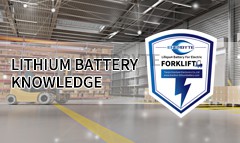Lithium iron phosphate battery refers to lithium ion battery with lithium iron phosphate as cathode material. The cathode materials of lithium-ion batteries mainly include lithium cobaltate, lithium manganate, lithium nickel oxide, ternary materials, lithium iron phosphate, etc....

 Service hotline
Service hotline 